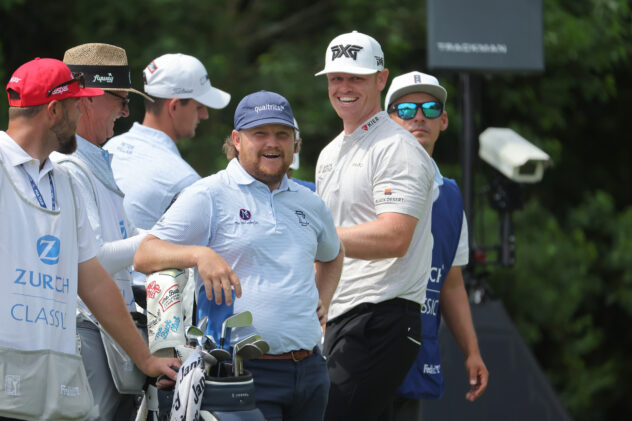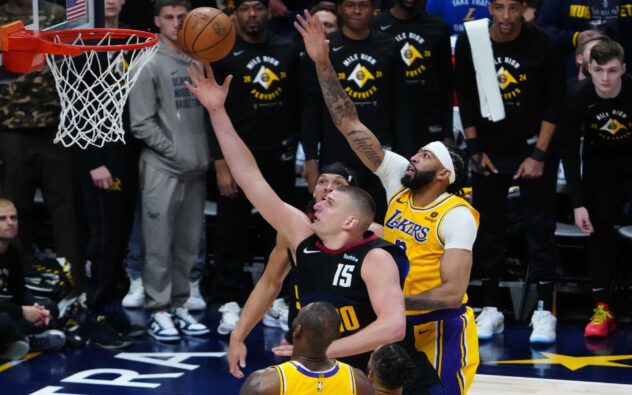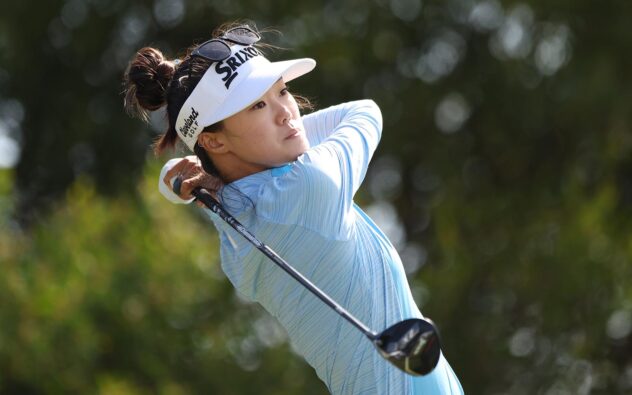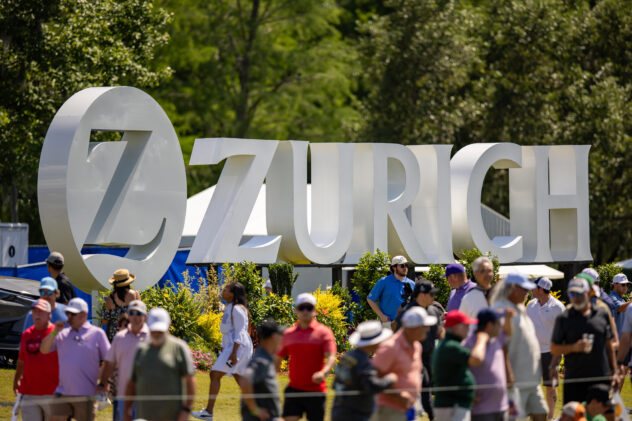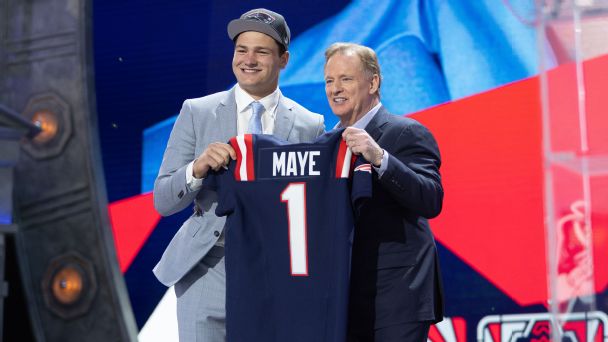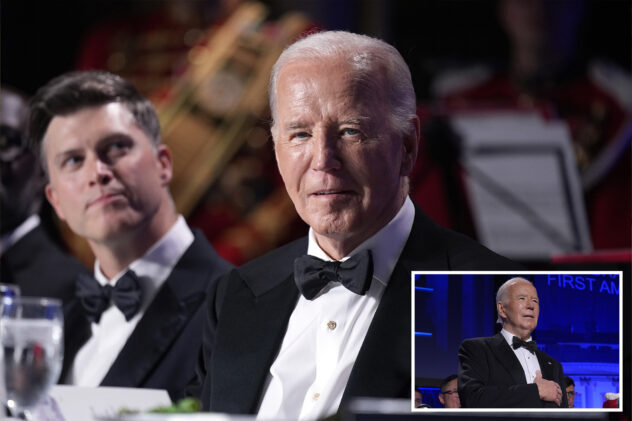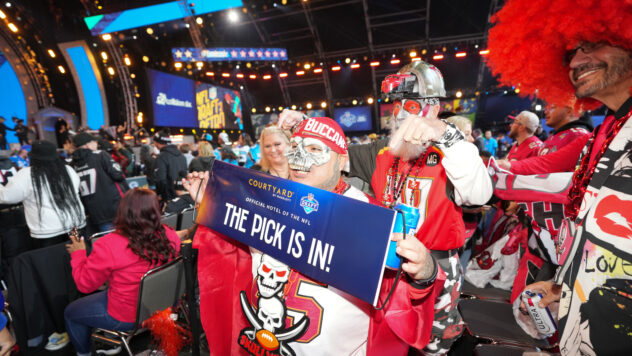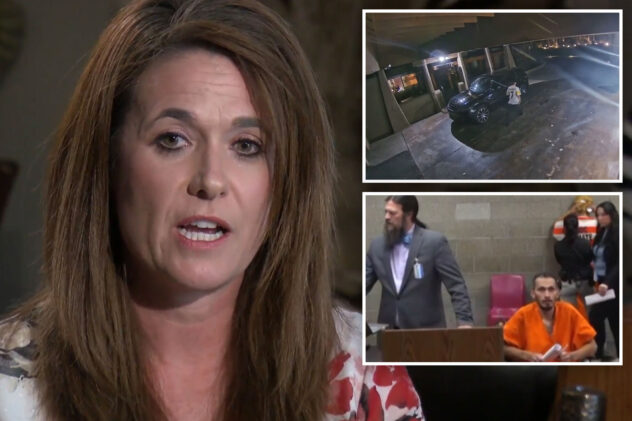Should the Ladies European Tour merge with the LPGA? A vote on the matter has been delayed, but with Saudi money involved it’s complicated
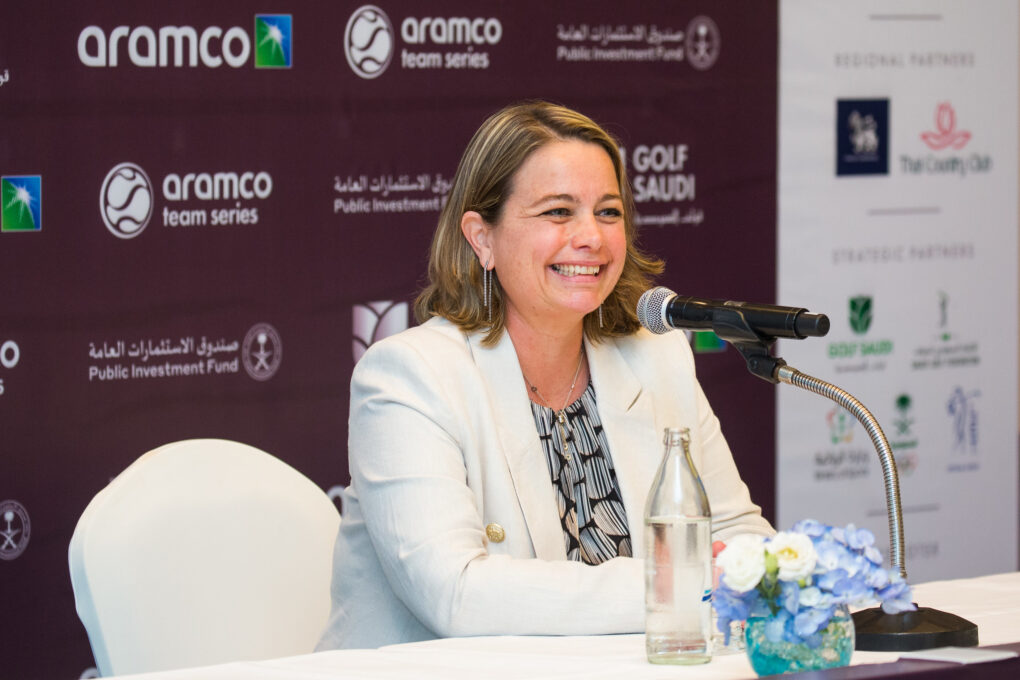
The 2023 Ladies European Tour season begins this week with the Magical Kenya Ladies Open, the first of 30 events on a schedule that boasts a record-setting 35 million euros (roughly $38 million) in prize money. Meghan MacLaren, a three-time winner on the LET, is grateful for the perspective of what tour life was like only a short time ago, when the schedule was half that size and it was possible to finish 20th on the money list and still lose money.
Players voted in late 2019 for the LPGA and LET to form a joint venture partnership, with the goal of using shared resources to strengthen the struggling tour, increasing playing opportunities in Europe in particular.
“If we hadn’t had that partnership when Covid hit,” said MacLaren, “I think a lot of us know that things would be drastically different now, and the tour might not be operating at all, and I don’t think that’s a stretch to say.”
Of course, something else happened around that time to strengthen the LET: the investment of Aramco and the Public Investment Fund.
In addition to this month’s Aramco Saudi Ladies International on the LET, which features a $5 million purse, there are five stops around the world in the Aramco Team Series. Total prize money for all six Saudi-backed events on the LET is $10 million.
With two majors accounting for $13.8 million in prize money, Saudi money represents more than 40 percent of what remains.
The LET now finds itself in a position to more attract players to its tour, which stands in stark contrast to a short time ago, when many fled to what’s now the Epson Tour seeking opportunities.
The minimum purse on the LET this season is 300,000 euros. Last season, there were 11 events with purses below that mark. MacLaren looks at the La Sella Open in Spain and its $1 million purse as a strong sign of positive momentum given that a sponsor outside of Aramco put up a seven-figure purse.
What’s more, the schedule has a better logistical flow.
Striping it 🦓#RaiseOurGame | #MKLO2023 pic.twitter.com/vNVamNW52X
— Ladies European Tour (@LETgolf) January 31, 2023
There are three years left on the LPGA-LET joint venture contract, and the possibility of the LPGA merging with the LET has been a point of conversation for many months now. It was expected that LET players would vote late last year on the merge, but that never happened.
The two sides, it would seem, are still working out the details of what a potential merger would look like.
“So at this point we didn’t ask for a vote on the merger. We went on a tour, a listening tour, to hear from the LET players and things that have worked well for them, things that they need, areas of investment that they still are looking for and then talked to our LPGA players.” said LPGA commissioner Mollie Marcoux Samaan, when asked about the matter last November at the CME Group Tour Championship.
“For us, we just want to make sure that there are clear pathways for women’s golf, and that the best players in the world can make a living and live their dreams through golf.”
Players on both tours are interested in understanding more about the long-term vision for both tours. It’s important to many LET players that their tour retains its identity. That its future potential with sponsors – like Aramco, for example – isn’t at all curtailed by the LPGA.
One veteran player said that after Marcoux Samaan and another tour official came over to speak with LET players in separate meetings last year, many had their minds eased about financial concerns. Some remain skeptical, she said, but it would seem that more would vote in favor of a merge.
An LPGA official said there’s nothing new to update on the matter since the CME; multiple requests by Golfweek to speak to LET officials went unanswered.

LET CEO Alexandra Armas (courtesy Aramco Team Series)
LPGA players want to know more details, such as the number of cards that would go to top LET players and where those players would they rank on the LPGA priority list compared to Epson Tour graduates.
South Africa’s Ashleigh Buhai got her start on the LET and believes the competition on that tour now is as strong, if not stronger, than the Epson Tour.
“They’ve got to test themselves and still try to keep (their card) over here,” said Buhai. “That’s the hard part. But you’ve proven that you can play and compete at a high level; I don’t see why not.”
Sweden’s Madelene Sagstrom, who is a member of both tours, said last November at the CME she believed both sides are looking for more communication.
“Until we know what it would mean,” she said, “it’s really hard to make up your mind.”
MacLaren looks at the fracturing that has taken place in men’s golf and feels it would make sense for the women’s tours to be more closely aligned.
“God help us if there’s a LIV women’s tour,” said Liz Young, an LET veteran and board member. “I just don’t think any tour is strong enough to fight that.”
Young would also like to see the LET and LPGA merge, citing that her No. 1 goal as a board member is to make it easier for players to make a living.
“Hopefully we can get to that point where we can be as one,” said Young. “Because I think that’s the best for golf.”
Of course, what’s squarely in the middle of all of this is the question marks that surround doing business with the Saudis. The Aramco events remain controversial given the wide-ranging human rights abuses Saudi Arabia has been accused of, especially toward women.
As it currently stands, the LPGA can somewhat distance itself from Aramco while being part of an alliance. But should the LET fall completely under the umbrella of the LPGA, some observers question if existing and future LPGA sponsors might choose to distance themselves from the LPGA because of Aramco’s large presence. And if so, how many?
On the other hand, LET players might wonder how much the LPGA could hold them back from bigger purses at Aramco events. Could the PIF pump so much money into the LET that it one day becomes the LPGA’s rival?
The flip side to that, of course, is that the LET becomes so dependent on Saudi money that it couldn’t survive without it. And there’s no telling how long the Saudis will want to remain so heavily invested in women’s golf.
It remains a time when there seem to be far more questions than answers, even from a philosophical standpoint.
“We’re constantly talking about hypotheticals,” said MacLaren.

Meghan MacLaren of England tees off on the 18th hole during the first round of the ISPS Handa World Invitational presented by AVIV Clinics at Galgorm Castle Golf Club on August 11, 2022 in Galgorm, Co Antrim, Northern Ireland. (Photo by Andrew Redington/Getty Images)
The 28-year-old Englishwoman has become one of golf’s most thoughtful players. MacLaren took a hard stance early on, skipping Saudi events over sportswashing concerns. Playing in Saudi Arabia, she said, didn’t fit with her values.
Now, she has committed to playing in the big-money Aramco Saudi Ladies International later this month. MacLaren said she didn’t come to the decision lightly, but as Saudi Arabia continues to bolster its presence in golf and other sports, she had to take another look.
“At some point you have to reconcile,” said MacLaren, “this is my competitive nature and my profession verses how do I want to live my life? What do I want to stand up for?
“You have a voice to a certain point, but also, the better golfer I am and the more recognizable golfer I am, the louder I can use that voice.”
So while she’s still wrestling with tough questions, MacLaren has decided that staying in the game – playing in the big events – is the best way for her promote change.
“At the end of the day, money is power,” said MacLaren. “We live in a world where that is the truth, and you can’t get around that. How you choose to use that money will say a lot about who you are as a person.”
To this point, LET players competing for Saudi money have received far less attention and criticism than what male players who joined LIV have faced. MacLaren said her honest answer is that people don’t care as much. The profile of women’s golf is so much smaller compared to men’s golf, she continued, noting that there aren’t 15 journalists at press conferences asking tough questions.
“In terms of how golf is covered,” she said, “I don’t think the exposure is the same, and therefore, the criticism isn’t to the same level.”
For now, at least.


